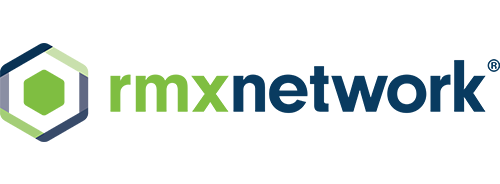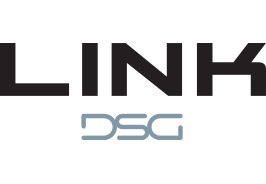Monochrome printing of construction documents has been the only game in town in the U.S. for over a century. Using traditional monochrome printing methods, color information within drawing sets is represented via the use of dot or line patterns that are often difficult to discern or duplicate. Until the relatively recent past, design firms created their drawings knowing that they would eventually have to be printed in black-and-white. Large format color printers for AEC use have been around for almost 30 years. But color printing has generally been reserved for producing presentation boards for client meetings or, on rare occasions, for printing drawing set covers in color (if they included large renderings). This is because color printing speeds have been too slow and the costs too prohibitive to use on the scale required to produce entire sets of construction drawings.
With the rapid adoption of electronic collaboration platforms over the past decade, though, designers have begun adding more color information into their drawings as they are viewed more-and-more frequently on the screens of computers and mobile devices. The amount and types of color information included in those documents is still being restrained because those drawings ultimately have to be printed and distributed efficiently and economically using monochrome printers. Until now, that is.
Enter “Waterfall” printhead technology. Rather than the process customary in conventional inkjet printing, where a narrow strip of the image is laid down during each side-to-side pass of the printhead cartridge while the paper inches its way through the machine, Waterfall printheads span the width of the device and lay down a continuous page-wide image as the paper passes rapidly though the device at speeds up to 12” per second. These printheads, coupled with advances in image processing speeds, allow a new generation of inkjet printers from manufacturers like Canon, Xerox and Hewlett Packard to achieve print speeds that exceed those of the fastest monochrome printers currently on the market. Additionally, manufacturing efficiencies gained by Waterfall printhead design and reduced costs of ink drastically reduce the actual printing costs and make printing construction documents in color an affordable alternative to monochrome printing.
Unbridled from the constraints of monochrome printers, designers will be free to communicate their ideas and instructions more clearly with the use of color information within their drawings. Imagine a set of drawings printed the way a building was designed; one in which building and finish materials are accurately represented, where revisions and updates can be clearly identified, where purpose can be easily discerned. The technology needed to transition AEC printing from monochrome to color has arrived. It is now up to the Architects and Engineers to rethink how they create their drawings to best take advantage of this revolution in construction document printing.
Get the word out. There’s a new game in town and it is going to radically change the way the AEC industry prints.





